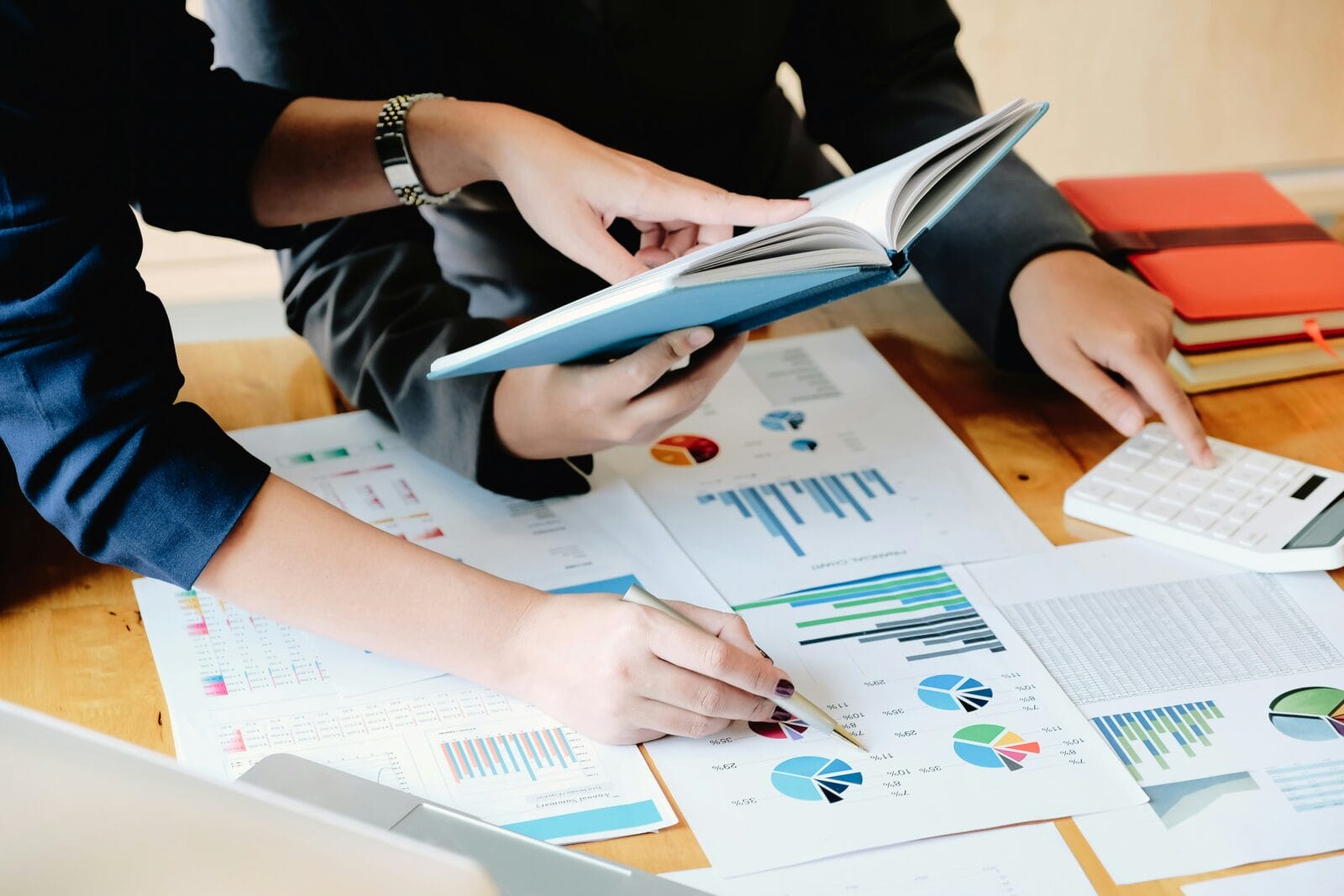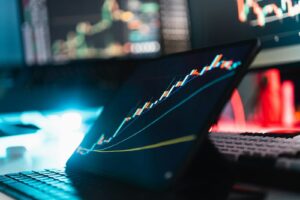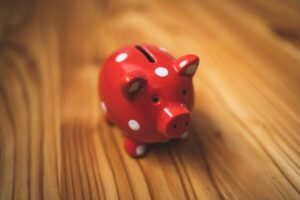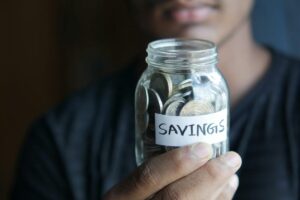You’ll know more than I do about the key metrics of this virus. How long does it take to incubate before it shows its symptoms? (We think from three to 14 days.) Can you catch it from someone with no visible symptoms? (Yes.) How many people can be directly infected by one carrier? (Hundreds, in the case of the Korean Shincheonji religious sect; dozens in the case of one care home in North America.) Which is more dangerous, skin contact or eating food prepared by a sufferer? (The former, although eyes and mouth are particularly vulnerable areas.) How long until a patient can be considered cured? (14 days seems to be holding firm.) And if you recover from coronavirus, can you catch it a second time? (We don’t know for sure, but we think so.)
You’ll also know whether the severe coronavirus outbreaks in Italy, Korea and other countries were as serious as they appeared to be at the time, and where the latest hotspots are? You’ll have read the latest on the situation in America, where coronavirus diagnoses are being systematically under-reported because there aren’t enough testing kits? And probably, you’ll have learned about large-scale immigration curbs. President Trump has already said that Europe’s coronavirus outbreaks are the result of a misguidedly liberal approach to migration, so we already know where that line of argument is likely to lead…
U or V recovery?
So, on the clear understanding that you’ll know more than I currently do about the emerging situation, let’s tackle the next two big-picture questions. How will the recovery take shape when it eventually happens, and should a client be encouraged to buy the dips?
The first question will probably be easier to answer than the second, because, although we don’t have any idea of what may ensue for the world economy, we do at least know which questions to ask. (See above.)
My own macro assumptions, for what they’re worth, are: (a) that up to one fifth of workforces might be unavailable for work at peak periods; (b) that major industrial exporters are likely to limit their shipment capacity by 20% or more; (c) that oriental supply backlogs are likely to hit western producers almost as hard as their Chinese contemporaries, and may last for many months; (d) that banks are likely to find themselves propping up troubled but essentially healthy businesses; (e) that central banks will be forced, perforce, to loosen controls and organise rescue packages in order to avert financial runs; and (f) that governments will be able to come to the rescue with elevated spending. Which will probably raise bond yields and hurt fixed interest investors. But hey, what do I know?
To that, I’d add (a) that there is no particular reason to suppose that the Trump administration will back down from its trade war threats because of weakness from its adversaries; and (b) that the current oil price dispute between Saudi Arabia and Russia – the main reason for March’s sharp decline in crude prices – is a quite separate issue from the coronavirus thing and should be evaluated on its own merits.
So, are we looking for a V-shaped recovery, as in 2008, or an extended U-shaped recovery? Or an L, perhaps? The omens are mixed, but let’s at least make sure we know what they represent.
A V-shaped recovery, in my book at least, is one where markets have been panicked into an oversold state which can be abruptly reversed on the strength of a simple development, such as a successful central bank bail-out or a market-loosening exercise, or a sudden flip-over of some critical threshold such as the price of oil. Whereupon demand snaps back to its usual level, the patient recovers quickly, and normality is restored. A great weight of pent-up investor appetite (all that cash on the global sidelines!) comes into play, and the world is saved in the twelfth reel of the film.
A U-shaped recovery also assumes that supply and demand can be brought back into balance in the medium term, but that the patient will require longer to recover, because of the structural damage caused by the crisis. Perhaps there are thousands of companies that are in no condition to resume full activity yet, because (for instance) their credit lines have run dry.
Perhaps they’ve been forced to shelve essential restructuring, or their inputs have become too expensive and unreliable, or the smooth running of their contract management has got grit in the gearbox, or they’re suffering from lingering mistrust among their partners. Or maybe their end-consumers are nursing too many fears to allow normal trading. (Never underestimate the lingering power of emotional setbacks.)
Or maybe they’ve just come to realise that they can live quite happily without something they used to think was essential? Restaurant chains are already suffering steep share price falls because of precisely that. Cruise liner companies, airlines and gyms all stand to suffer that indignity. Think about it.
But a U-shaped recovery still assumes that normality will resume eventually. Not so an L-shaped recovery, which isn’t a recovery at all. Instead, the initial fall produces a recession which doesn’t manage to pick itself up off the floor for a decade or even longer – and which may eventually get still worse. The classic example in modern times has been Japan’s 1990 price plunge, which abruptly took the Nikkei 225 from almost 40,000 to 16,000 in 1992, and eventually to just 8,000 in 2003. Since when the index has nearly tripled, but still struggles to make half its 1990 level.
Japan’s over-hyped economy had been suffering from a huge structural imbalance that eventually toppled it and made it impossible to get back on its feet. Ludicrously cheap lending, encouraged by the government, had created an asset bubble which left the banks holding so much bad debt that it took them 15 years to even admit how much it was. A systematically corrupt government system had added to those woes, and constant currency manipulation had not helped matters either.
Japan’s long-term problems were also down to the emergence of China and Indochina as rival manufacturers of its trademark engineering products – and at much lower cost. I don’t see too many of those issues in the present coronavirus situation. Unless, of course, China ends up on its industrial knees because of some dreadful worsening of the situation? Heaven forbid. Some day, Beijing will be back on form. There, someone’s got to say it.
Continue reading article…













